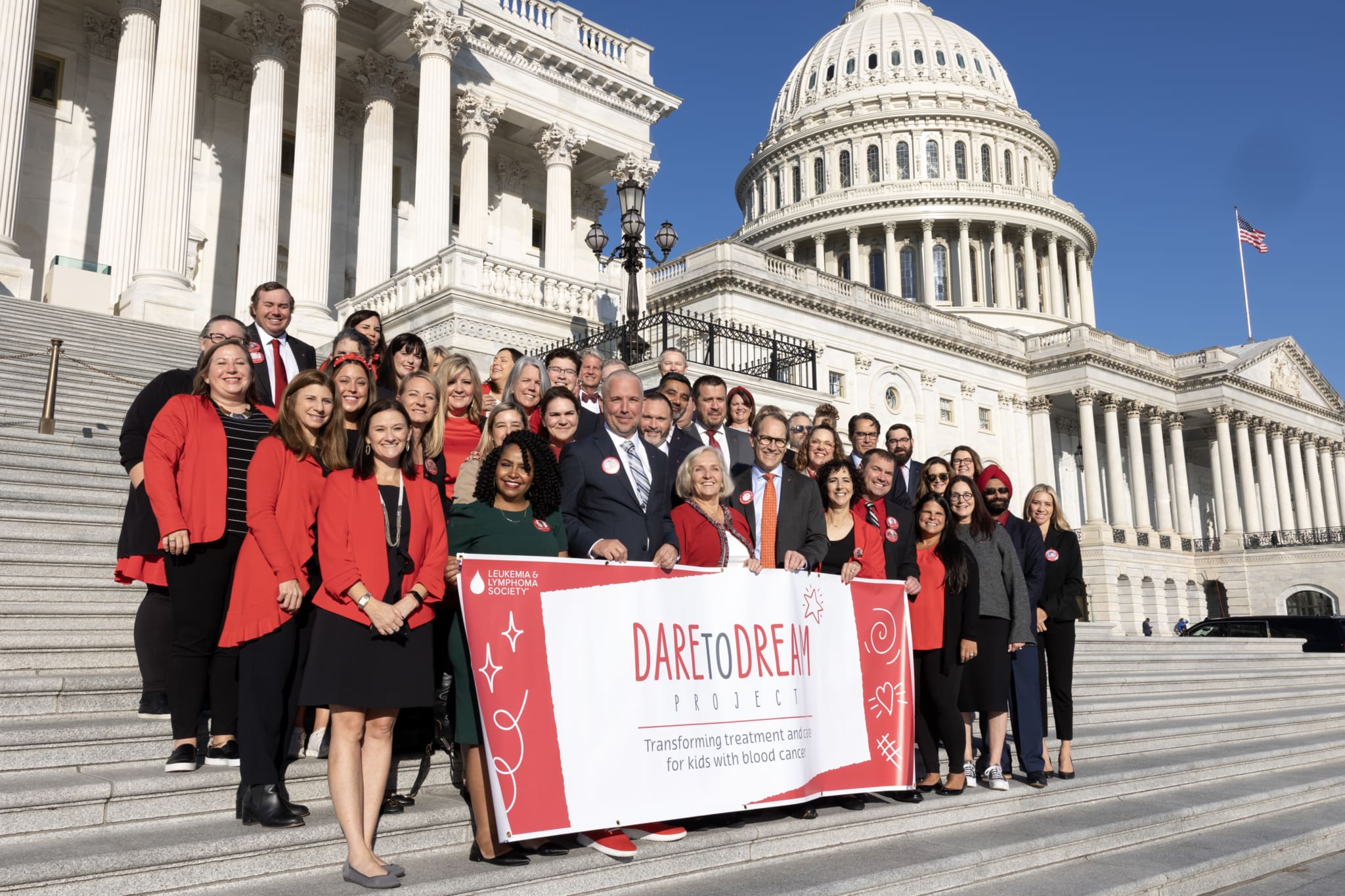By Marie LeBlanc, Pickett Slater Harrington, and Jessica Mason
This post is the fifth and final in a series that shares lessons Independent Sector learned through our 2016 initiative to address power dynamics in the charitable sector.
Independent Sector embarked on a learning journey in 2016 to explore how we might build and sustain transformative relationships between grantees and funders, in order to relieve the tension that many nonprofits and foundations currently experience in their funding relationships. In the pursuit of a silver bullet solution, we learned important lessons about addressing an issue as complex and contradictory as the power dynamic, and about how we and the charitable community can incorporate this learning into our work moving forward.
Throughout the course of our work, we uncovered several underlying assumptions that were proven incorrect, but that led to important discoveries. Hindsight is 20-20, and the work itself is often messy, resource-constrained, and fast paced. Below, we summarize what we shared in each part of this series as well as the more specific questions that came out of deconstructing our assumptions.
“Can we agree that power dynamics is an issue?”
Here, we shared our first assumption – that nonprofits and foundations across the sector were ready and willing to address this issue. Yet, we discovered significant variation among organizations’ interest in engaging with the power dynamic, based on how they understand, experience, and prioritize power dynamics in their work.
Ensuing Question: How might we build and sustain grantee-funder relationships that achieve greater social outcomes for all stakeholders and community members?
Addressing the power dynamic through ‘little leaps of logic’
In this post, we shared our ambition to find a big-picture solution that would improve power dynamics across the sector. We learned that we must be disciplined in meeting organizations where they are and accounting for their readiness to engage if we want to develop solutions that meet their needs.
Ensuing Question: How might we best enable nonprofit organizations of varying characteristics to build and sustain transformative relationships with funders?
In organizational relationships, individuals matter
Here, we shared our assumptions and challenges addressing both the individual and organizational components to grantee-funder relationships. We learned that any proposed “solution” or strategy to build and sustain healthy relationships must explicitly focus on the skills and capacities that both individuals and organizations need to change culture internally and in external relationships.
Ensuing Question: How might we empower individuals to change their organizations’ internal culture in ways that would enable healthier grantee-funder relationships?
 Our exploration of power dynamics in grantee-funder relationships exposed a host of values-based questions that involve multiple stakeholders and will involve risks and loss on many sides, with no obvious path forward. This is a classic adaptive challenge, and our work this year would have benefited from integrating adaptive leadership with human-centered design – two distinct fields that can yield even greater results when used in tandem.
Our exploration of power dynamics in grantee-funder relationships exposed a host of values-based questions that involve multiple stakeholders and will involve risks and loss on many sides, with no obvious path forward. This is a classic adaptive challenge, and our work this year would have benefited from integrating adaptive leadership with human-centered design – two distinct fields that can yield even greater results when used in tandem.
When brought together, design thinking and adaptive leadership offer a powerful new approach for solving complex challenges, like the power dynamic. (See “Leading Change Through Adaptive Design” by Maya Bernstein and Marty Linsky for more information on combining adaptive leadership and human-centered design.)
Human-centered design was fundamental to the development of this work, and revealed nuances and lessons that we would not have discovered otherwise. If we had paired those insights with an adaptive lens, we may have been more realistic and responsive to our design question. We could have considered:
- How might we support foundation and nonprofit leaders to “get on the balcony” and broaden their perspective about the ecosystem surrounding their relationship?
- Who are the stakeholders in a typical funding relationship (beyond “nonprofits” and “foundations”)? What do they value, what pressures do they face, and what will they lose if the relationship structure changes? How can we help manage that loss while challenging organizations to change?
- Which values, beliefs, and norms are in conflict among various stakeholders, and how can we disappoint certain stakeholders at a rate they can stand when making trade-offs?
As this phase of our learning journey and work ends, we believe that healthy grantee-funder relationships is an important issue for the charitable sector to address. We must challenge ourselves, and the sector, to continue to ask hard questions and apply learning when it comes to this issue.
If we do this effectively, as a sector, we can continue to lift up this issue and the readiness of sector organizations to build and sustain relationships that will transform our work, and ultimately, the communities that are at the heart of it.
Independent Sector would like to acknowledge Jessica Mason of The Social Impact Studio, who led our team through this process and challenged us to think of these issues in new, deep, and creative ways. We would also like to acknowledge all of those involved at each stage in this process, and in particular those who participated in the design workshop and provided feedback on early prototypes – your observations and insights helped us craft and refine our vision for this work, and was an invaluable contribution to the initiative.
Marie LeBlanc is the manager for critical issues and sector advancement and Pickett Slater Harrington is the manager for leadership development and effectiveness at Independent Sector. Jessica Mason is founder and principal at The Social Impact Studio.



